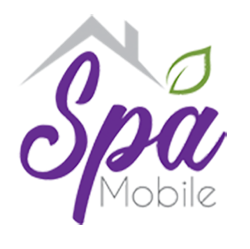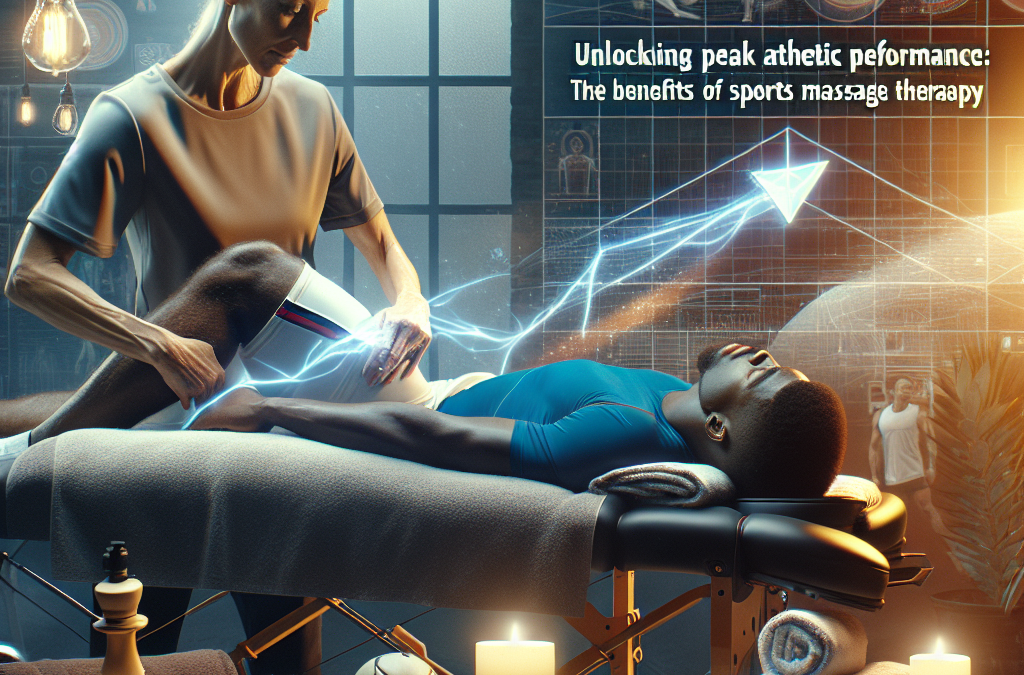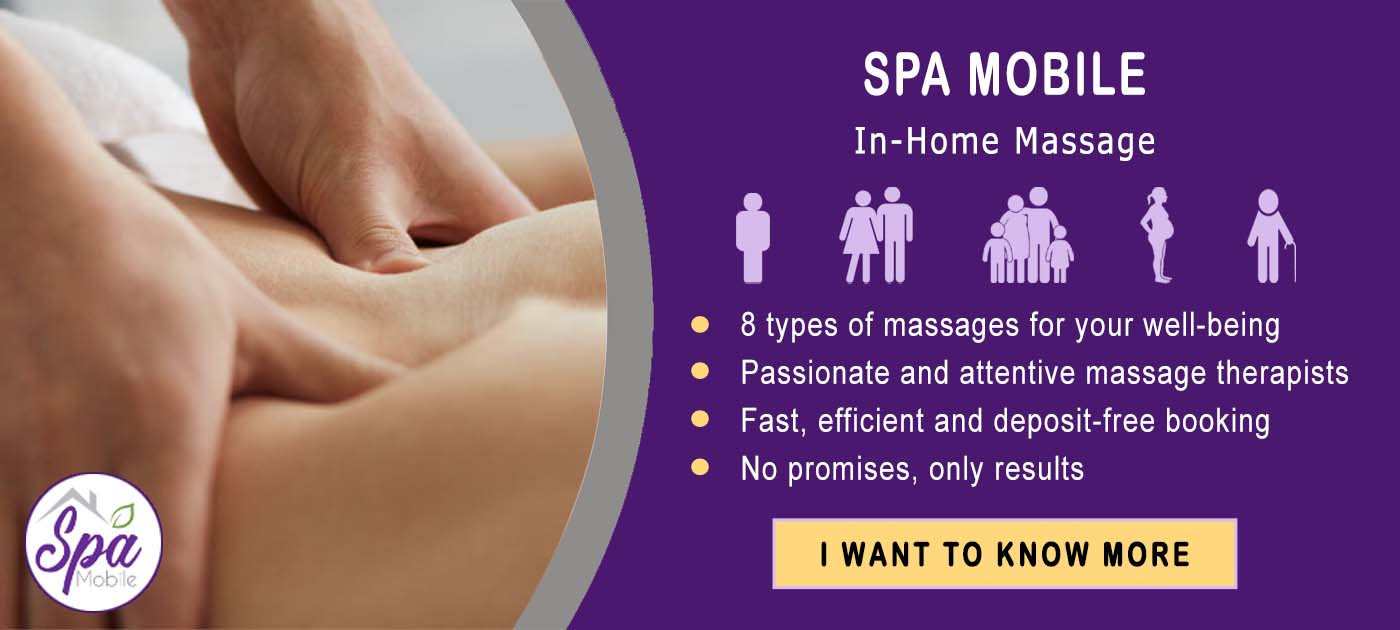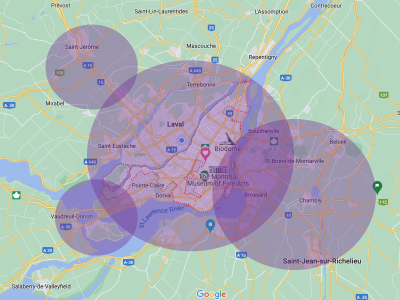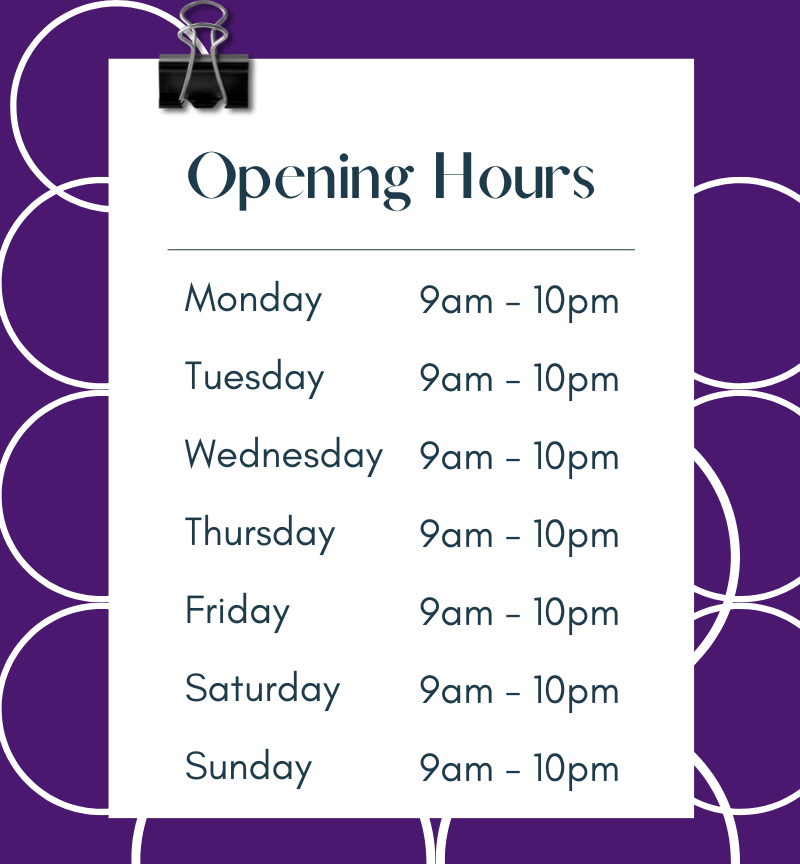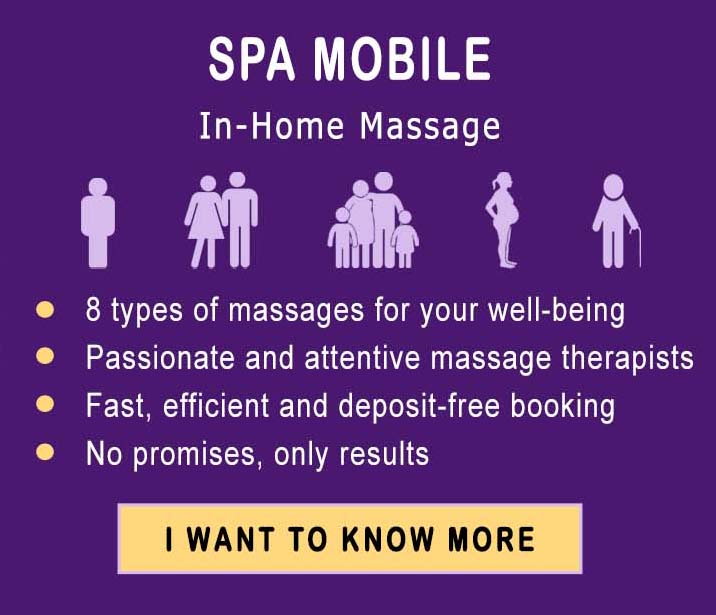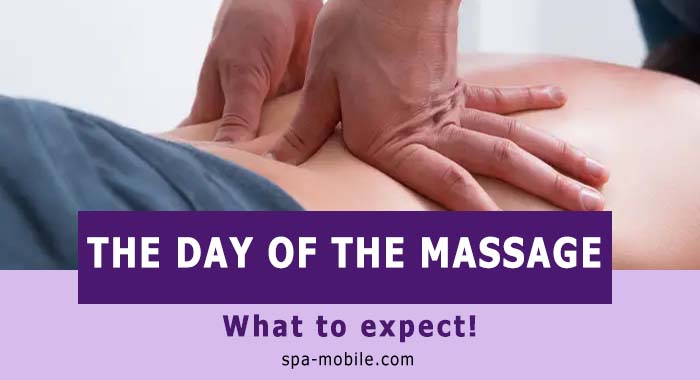[ad_1]
Athletes are constantly pushing their bodies to the limit to achieve peak performance. Whether a professional athlete or a weekend warrior, sports massage therapy can help you reach your full potential and unlock your peak athletic performance. This article will discuss the numerous benefits of sports massage therapy and how it can improve your overall performance.
Improved range of motion and flexibility
One key benefit of sports massage therapy is improved range of motion and flexibility. Tight muscles and restricted movement can hinder performance and increase the risk of injury. Sports massage helps to release muscle tension, improve blood circulation, and increase flexibility, allowing you to move more freely and efficiently.
Reduced muscle soreness and recovery time
After a strenuous workout or competition, athletes often experience muscle soreness and fatigue. Sports massage therapy can help reduce muscle soreness and inflammation and speed up the recovery process. By promoting blood flow and oxygen to the muscles, sports massage can help alleviate soreness and stiffness, allowing you to recover quicker and get back to training sooner.
Prevention of injuries
Another important benefit of sports massage therapy is injury prevention. By addressing muscular imbalances, tightness, and restrictions, sports massage can help correct movement patterns and reduce the risk of injuries. Regular sports massage sessions can also help identify and address potential problem areas before they develop into serious injuries.
Enhanced performance and endurance
Sports massage therapy can also enhance your overall performance and endurance. By improving circulation, reducing fatigue, and increasing flexibility, sports massage can help you perform at your best for longer periods. Whether you are a runner, cyclist, swimmer, or team sports athlete, sports massage can give you the edge you need to excel in your sport.
Stress relief and mental well-being
In addition to physical benefits, sports massage therapy can relieve stress and promote mental well-being. The relaxation and calming effects of massage can help reduce anxiety, improve mood, and enhance sleep quality. By taking care of your mental health, you can perform better and feel more confident in your athletic abilities.
Conclusion
Sports massage therapy is a powerful tool for athletes looking to unlock their peak athletic performance. By improving your range of motion, reducing muscle soreness, preventing injuries, enhancing performance, and promoting mental well-being, sports massage can help you achieve your goals and reach new heights in your sport. Incorporating sports massage therapy into your training routine can significantly impact your overall performance and well-being.
FAQs
Q: How often should I get sports massage therapy?
A: The frequency of sports massage therapy sessions depends on your training schedule, goals, and budget. Some athletes benefit from weekly sessions, while others may only need a massage every few weeks. It is best to consult with a sports massage therapist to determine the ideal frequency for your individual needs.
Q: Is sports massage therapy painful?
A: Sports massage therapy should not be painful, although discomfort may be experienced during deep tissue work. It is important to communicate with your massage therapist about your comfort level; they can adjust the pressure accordingly. Overall, sports massage therapy should be a relaxing and therapeutic experience.
Q: Can anyone benefit from sports massage therapy?
A: While sports massage therapy is commonly associated with athletes, anyone can benefit from its many advantages. Whether you are an active individual, weekend warrior, or desk worker, sports massage therapy can help improve your range of motion, reduce muscle soreness, prevent injuries, and promote overall well-being.
Q: How long does a sports massage therapy session last?
A: The duration of a sports massage therapy session can vary depending on your needs and preferences. Sessions typically last between 30 and 90 minutes, with longer sessions allowing for more comprehensive treatment of multiple muscle groups. It is best to discuss your goals and expectations with your massage therapist to determine the appropriate session length for you.
[ad_2]
